The Windmills of Kinderdijk
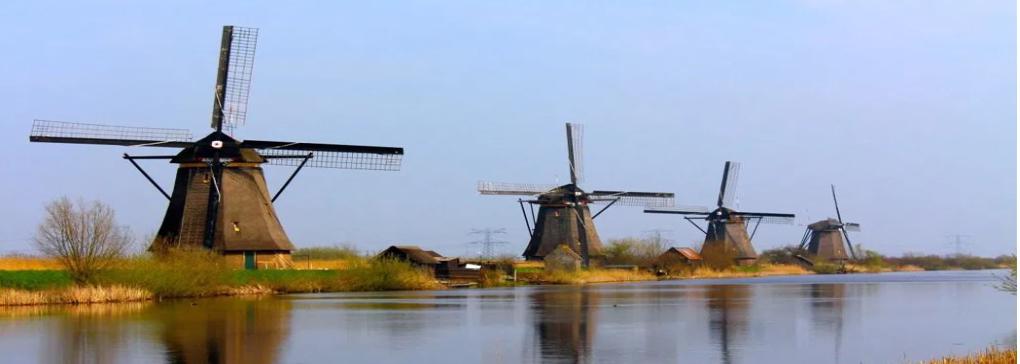
When I think of windmills, my mind’s eye pictures those in Holland!
In recent posts you would have read about Anne’s DNA steeped in Dorset and Cornwall, some of her family in fact were millers – millers of grain. As you know Caroline and I hail from Dutch heritage and despite being born and raised in Australia, we both feel very much at home in Holland and to my joy I spent a few days in Holland in 2019 at the end of a trip around Scandinavia and the Benelux countries.
Historically, windmills in Holland served many purposes; unlike the UK, the most important was pumping water out of the lowlands and back into the rivers beyond the dikes so that the land could be farmed. In the 14th century, hollow-post mills were used to drive scoop wheels to drain the wetlands. (Holland.com)
There are still over 1000 windmills scattered around Holland. I joined a cruise around Kinderdijk, located 15 miles east of Rotterdam; a UNESCO-listed site that boasts 19 pristinely preserved windmills. The windmills were erected in the 1600s to drain the Alblasserwaard polders, at the confluence of the Lek and Noord rivers, which had suffered floods since the 13th century.
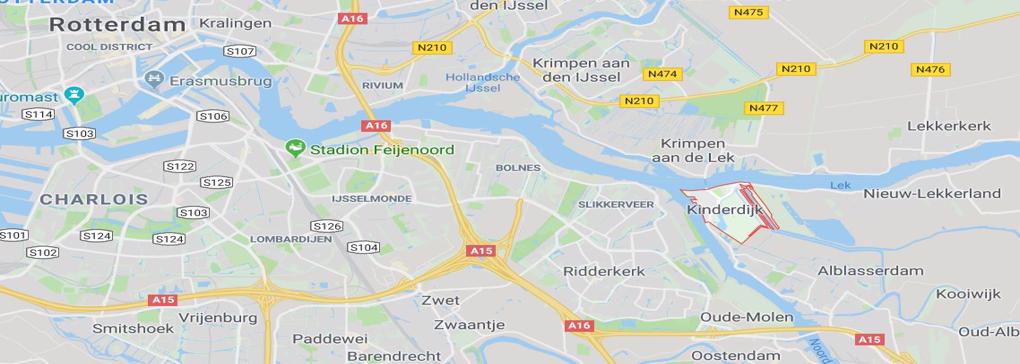
Large canals, called "weteringen", were dug to get rid of excess water in the polders. However, drained soil started setting, while the river levels rose due to the river's sand deposits.
After a few centuries, an additional way to keep polders dry was required. It was decided to build a series of windmills, with a limited capacity to bridge water level differences, but just able to pump water into a reservoir at an intermediate level between the soil in the polder and the river; the reservoir could be let out into the river through locks whenever the river level was low enough. Most of the current mills were built in 1738 and 1740. Although some of the windmills are still used, the main water works are provided by two diesel pumping stations near the entrances of the windmills site.
The Saint Elizabeth Flood of 1421, is the source of the name Kinderdijk and of the associated Dutch fairy tale "The Cat and the Cradle": after the storm, a wooden cradle was spotted on the flood waters, in which a cat jumped to and fro to keep the cradle afloat.
When the cradle approached dry land of the dyke, the locals discovered a baby inside - hence Kinderdijk, Dutch for children's dyke.
Our morning was cloudy providing fascinating changes of light. Newly renovated, the thatch in pristine order and the sails freshly painted. We were fortunate to be the only cruise that day, as Princess Beatrice (the former Queen, who abdicated in favour of her son Alexander in 2013) was visiting that afternoon.
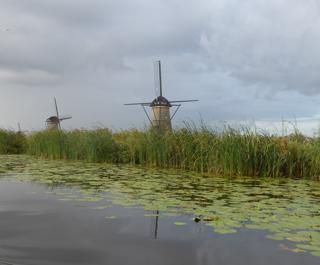
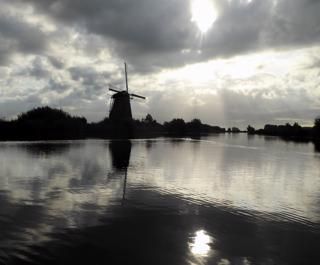
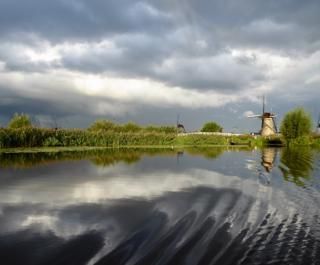
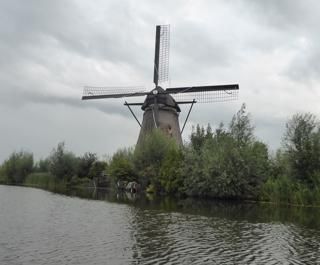
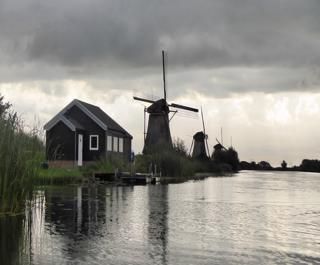
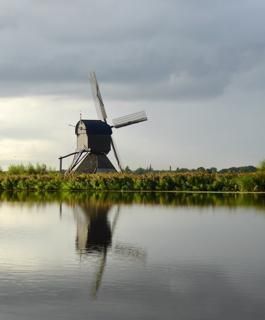
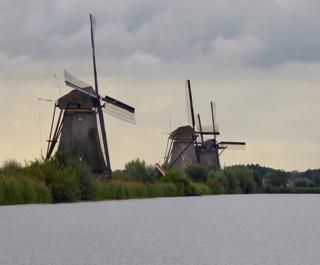
Not one of my photos, but isn't this sunset magnificent!
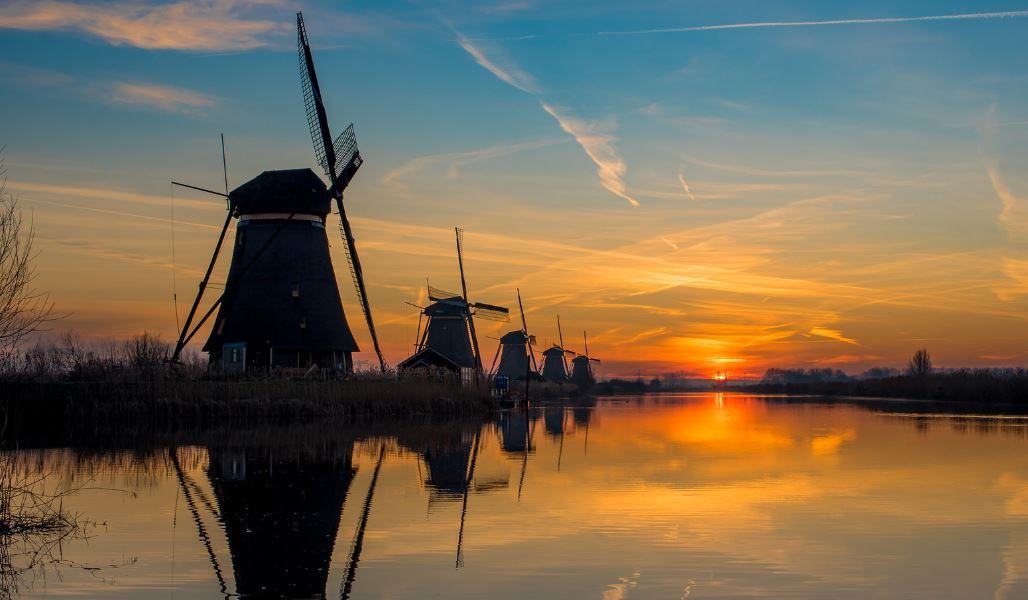
Specifics taken from Wikipedia and Travelsavvy.com
All images are my own, unless otherwise stated.
